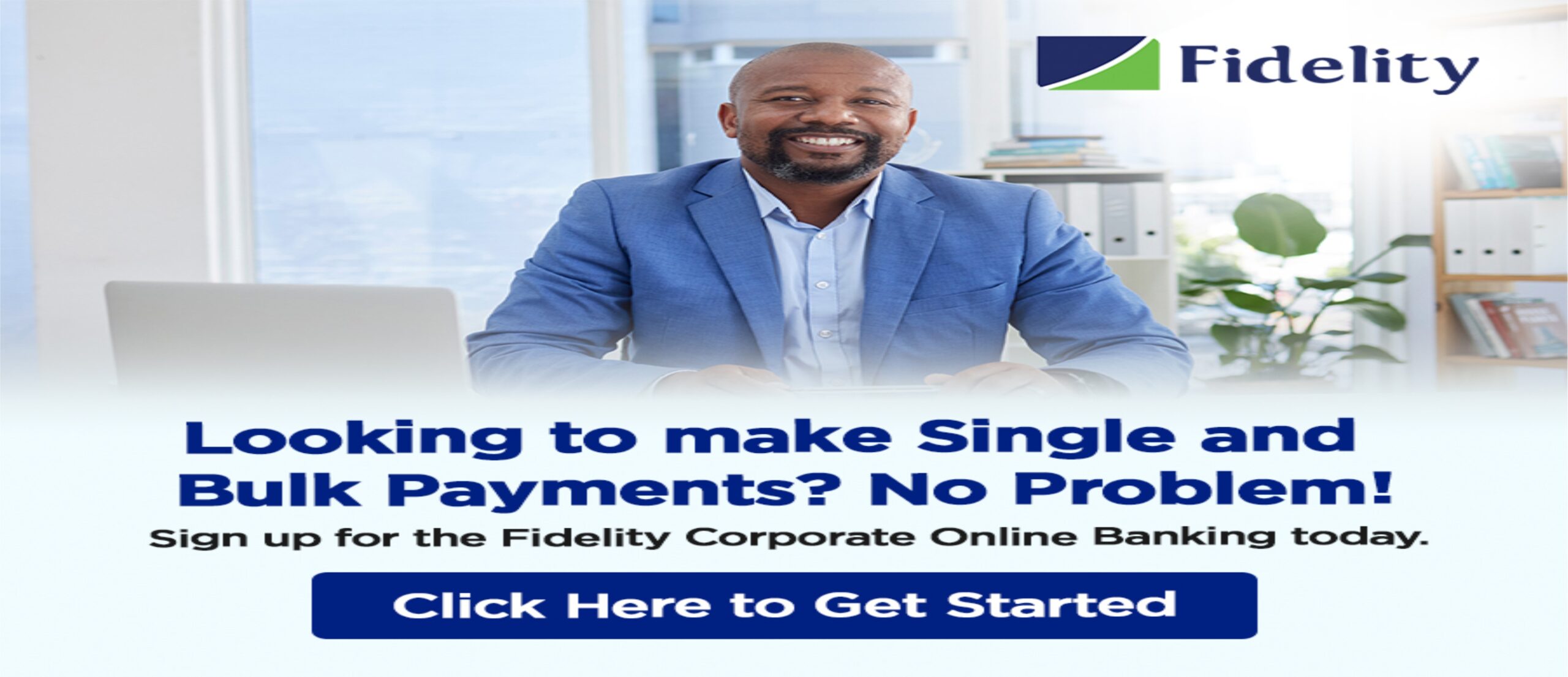Many people feel an urgent need to reduce their impact on the earth because of the catastrophic effects of climate change and resource extraction.
One strategy is to lower your carbon footprint, which is a measure of your total greenhouse gas emissions not just from driving vehicles or using electricity but also lifestyle choices, such as the clothes you wear and food you eat.
Although there are many ways to minimize your carbon footprint, making dietary changes is a good place to start.
In fact, some research shows that shifting the Western diet to more sustainable eating patterns could slash greenhouse gas emissions by 70% and water use by 50%.
Here are 5 simple ways to minimize your carbon footprint through dietary and lifestyle choices.
- Stop wasting food
Food waste is a major contributor to greenhouse gas emissions. That’s because food that’s thrown away decomposes in landfills and emits methane, a particularly potent greenhouse gas.
Over a 100-year period, methane is estimated to have 34 times the impact as carbon dioxide on global warming.
It’s currently estimated that each person on the planet wastes a staggering 428–858 pounds (194–389 kg) of food per year, on average.
Reducing food waste is one of the easiest ways to decrease your carbon footprint. Planning meals ahead of time, saving leftovers, and buying only what you need go a long way towards saving food.
- Ditch the plastic
Using less plastic is an important part of transitioning to an environmentally friendly lifestyle.
Plastic wrapping, plastic bags, and plastic storage containers are commonly used by consumers and the food industry alike to pack, ship, store, and transport food.
Yet, single-use plastic is a major contributor to greenhouse gas emissions.
Here are some tips to use less plastic:
- Forego plastic bags and plastic wrap when purchasing fresh produce.
- Bring your own grocery bags to the store.
- Drink from reusable water bottles — and don’t buy bottled water.
- Store food in glass containers.
- Purchase less take-out food, as it’s often packed in Styrofoam or plastic.
- Eat less meat
Research shows that reducing your meat intake is one of the best ways to lower your carbon footprint .
Meanwhile, the diets lowest in greenhouse gas emissions were also lowest in meat.
Studies from around the world support these findings.
This is because the emissions from livestock production especially beef and dairy cattle represent 14.5% of the globe’s human-induced greenhouse gas emissions.
You can try limiting your meat dishes to one meal per day, going meat-free one day per week, or testing out vegetarian or vegan lifestyles.
- Try plant-based protein
Eating more plant-based protein can dramatically cut your greenhouse gas emissions.
In one study, people with the lowest greenhouse gas emissions had the highest intake of plant-based proteins, including legumes, nuts, and seeds — and the lowest intake of animal proteins.
Still, you don’t need to cut animal protein from your diet completely.
One study in 55,504 people found that people who ate medium amounts of meat per day — 1.8–3.5 ounces (50–100 grams) — had a significantly lower carbon footprint than those who ate more than 3.5 ounces (100 grams) per day.
For reference, a serving of meat is around 3 ounces (85 grams). If you regularly eat more than that each day, try swapping in more plant-based proteins, such as beans, tofu, nuts, and seeds.
- Cut back on dairy
Cutting back on dairy products, including milk and cheese, is another way to reduce your carbon footprint.
One study in 2,101 Dutch adults revealed that dairy products were the second largest contributor to individual greenhouse gas emissions — behind only meat.
Other studies likewise conclude that dairy production is a major contributor to climate change. Dairy cattle and their manure emit greenhouse gasses like methane, carbon dioxide, nitric oxide, and ammonia.
In fact, because cheese takes so much milk to produce, it’s associated with greater greenhouse gas emissions than animal products like pork, eggs, and chicken.
To get started, try eating less cheese and replacing dairy milk with plant-based alternatives like almond or soy milk.
Revolutionizing your diet is an excellent way to reduce your carbon footprint that can boost your health as well.
By making simple changes like eating fewer animal products, using less plastic, eating more fresh produce, and decreasing your food waste, you can cut your personal greenhouse gas emissions significantly.
Keep in mind that efforts that seem small can make a big difference. You can even bring your neighbors and friends along for the ride.








